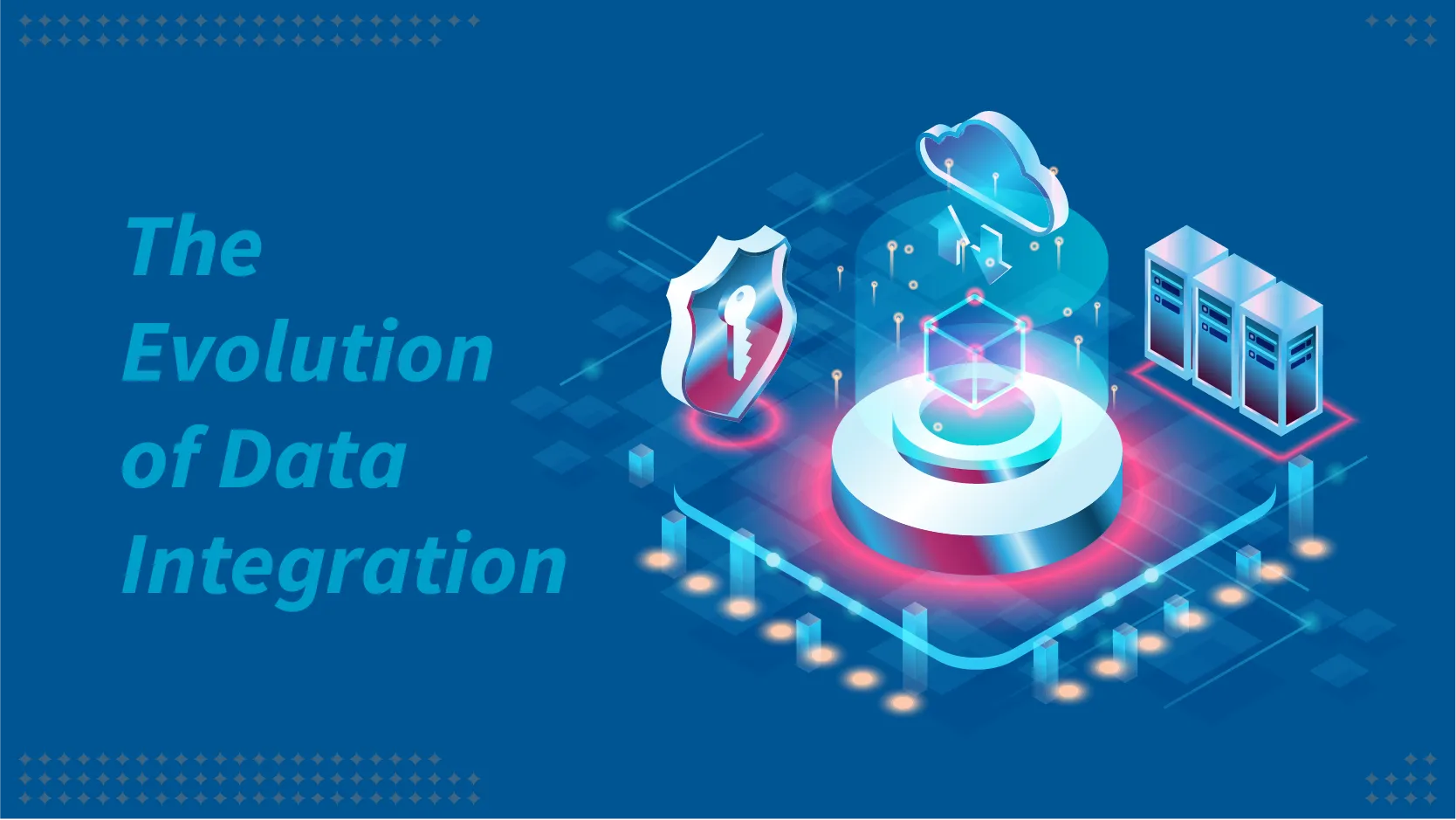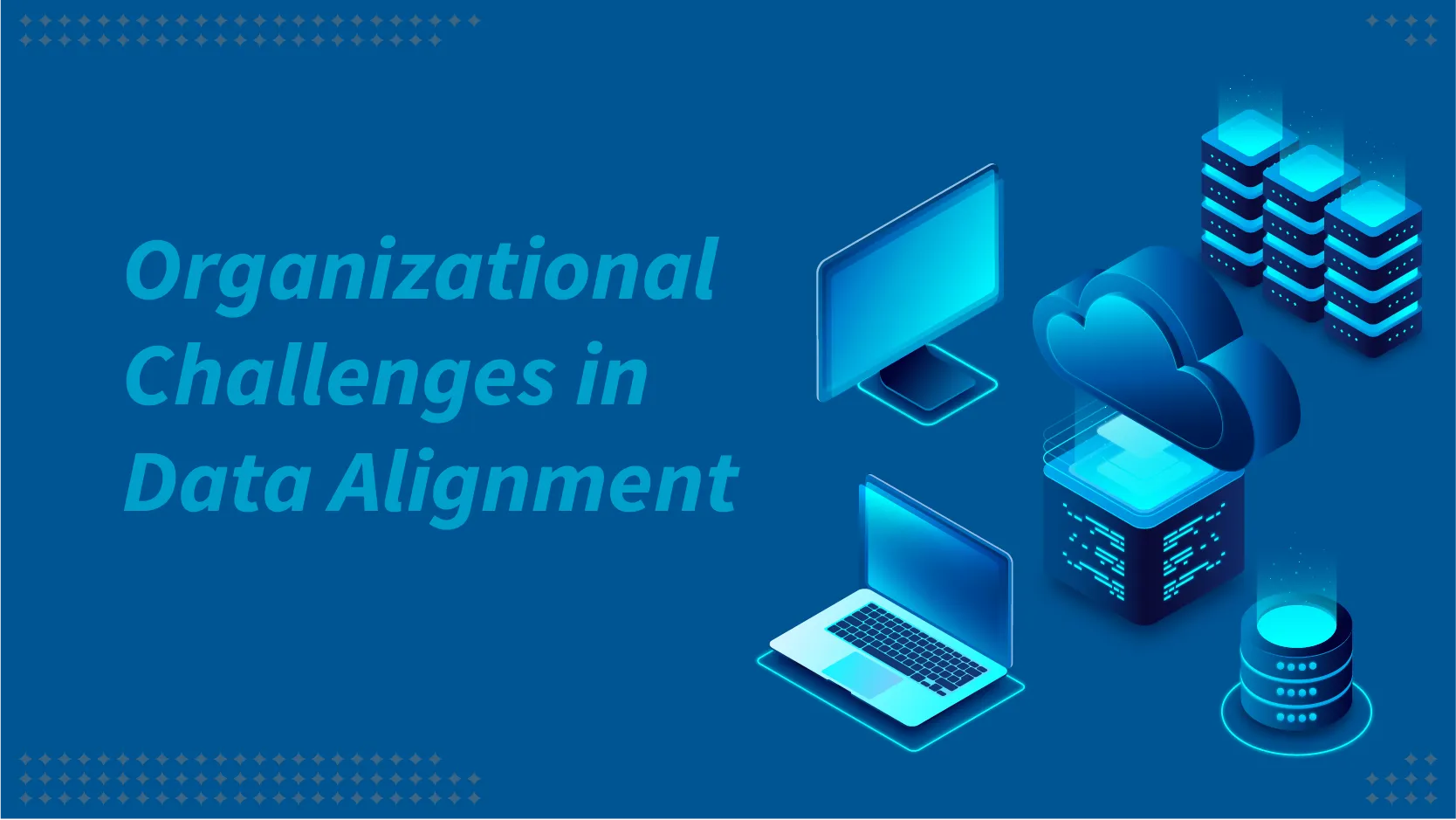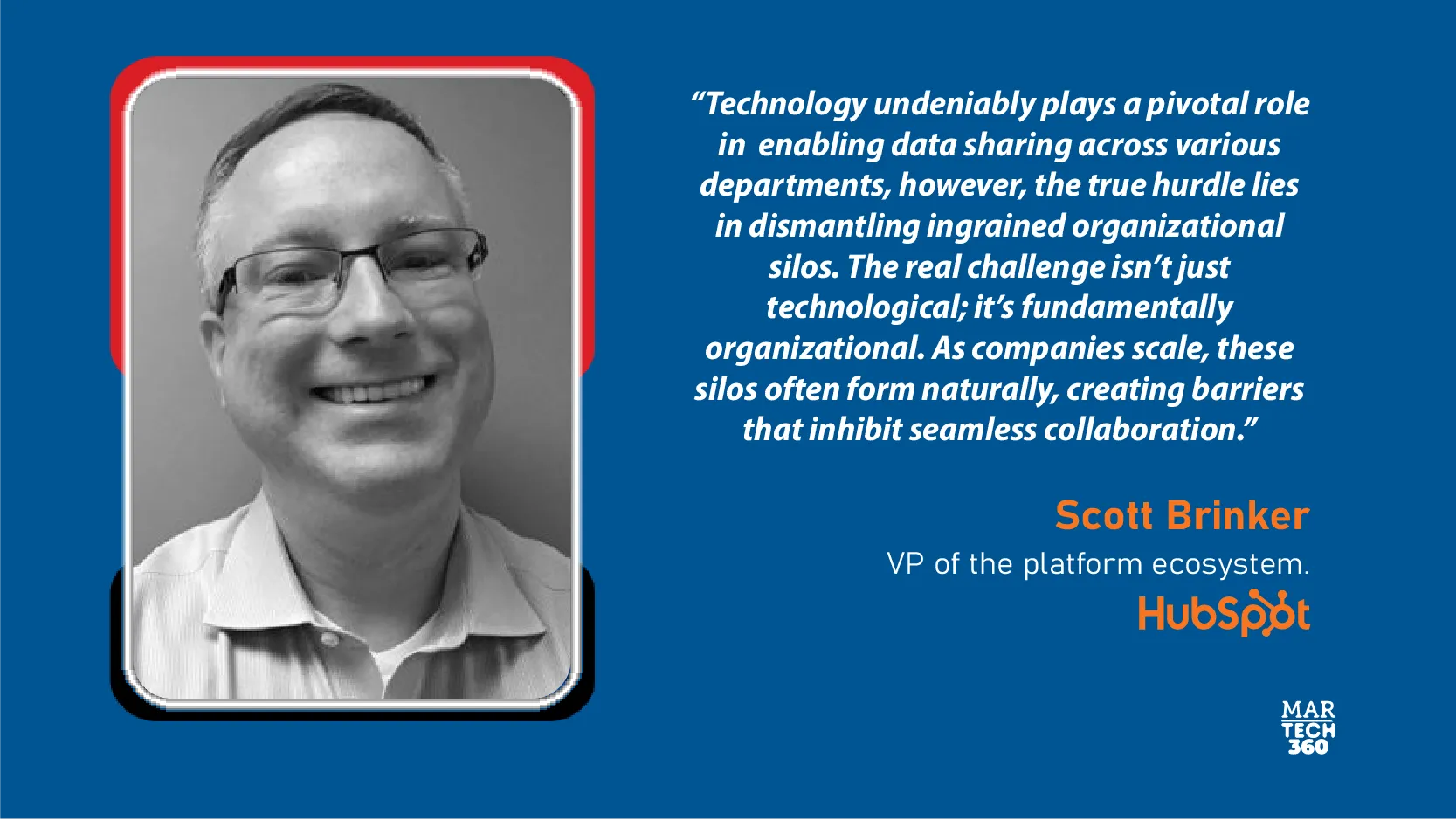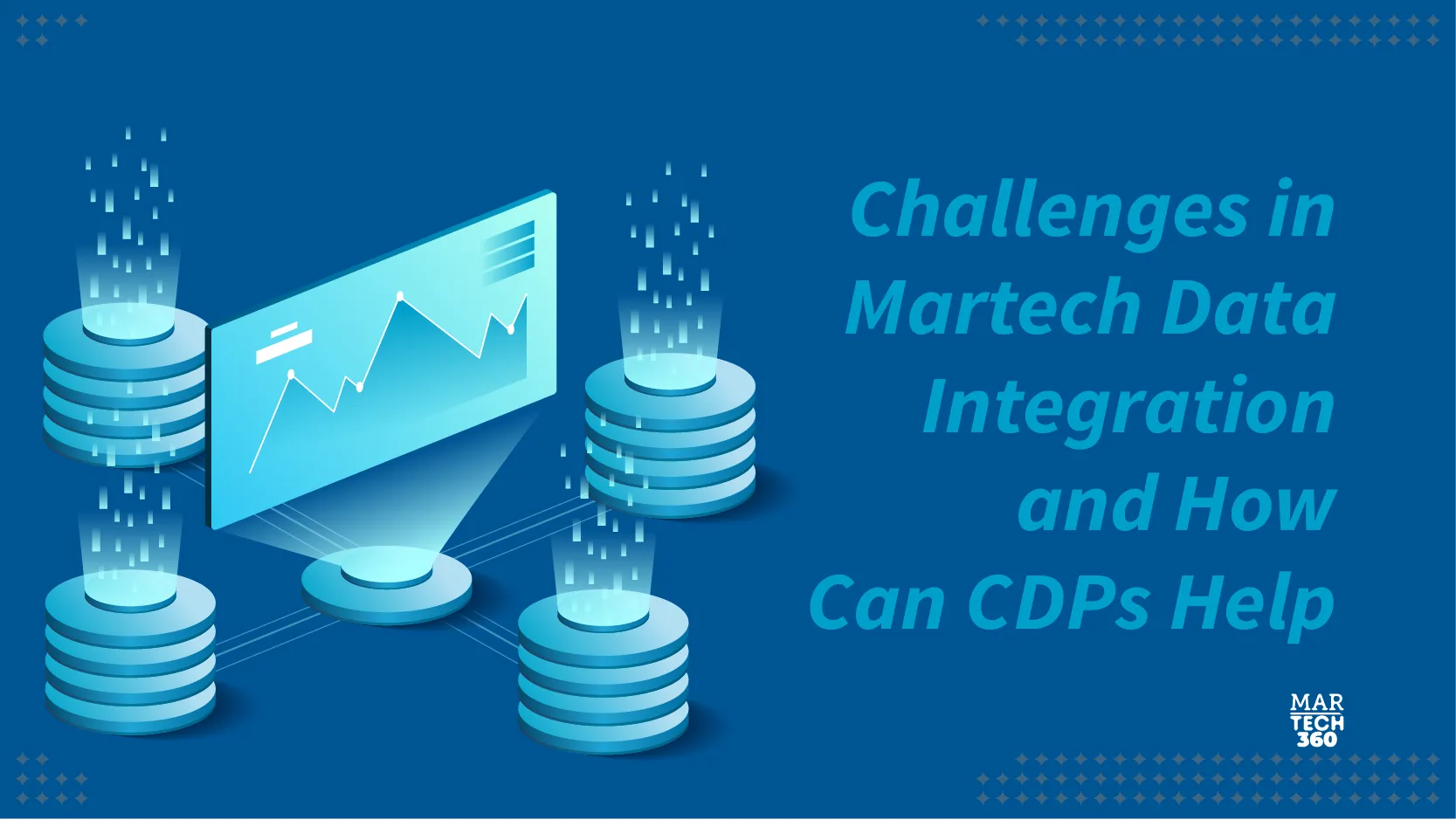In the era of digital transformation, data has emerged as one of the most valuable assets that a business can possess. Data has become the new oil. However, just like oil, raw data is only useful once it’s refined and made accessible. There are many enterprises that are finding it challenging to make sense of the data gathered to get a competitive advantage. Businesses today face significant challenges like effectively integrating and managing data.
According to a report, approximately over 40% of brands plan to expand their data-driven marketing budgets, highlighting a growing recognition of its importance in achieving business goals.
From the complexities of handling data silos to ensuring data quality, the road to harnessing the full potential of data gathered is filled with hurdles. In this article, we will have an overview of the hurdles of MarTech Data Integration and how organizations can overcome these challenges. But before we jump into the challenges, lets have a look at the evolution of data integration.
The Evolution of Data Integration

Data integration in the Martech landscape has come a long way. There has been a major shift over the past decade. Earlier, different marketing applications had their own isolated databases. It resulted in fragmented data sets that are difficult to centralize. Today companies are shifting toward an ecosystem where tools are designed to work together cohesively.
But the progress had its own bottlenecks. Many marketers had access to all the cutting-edge technologies but they struggled to put these pieces together. Organizations are increasingly focusing on gathering data and integrating it in such a way that enables all the pieces to communicate efficiently. It needs an effective framework where data from various sources can be gathered together.
Organizational Challenges in Data Alignment

Beyond technology, one of the biggest barriers to effective data integration lies within the organization itself. Even with the best tools in place, businesses often face challenges due to inherent silos within their teams. These silos aren’t just about data—they can be about people, processes, and cultures that resist change. It is less of a technology challenge and more of an organizational challenge.

“Technology undeniably plays a pivotal role in enabling data sharing across various departments, however, the true hurdle lies in dismantling ingrained organizational silos. The real challenge isn’t just technological; it’s fundamentally organizational. As companies scale, these silos often form naturally, creating barriers that inhibit seamless collaboration,” says Scott Brinker, VP of platform ecosystem of HubSpot.
While technology now enables data to be shared across different departments (like marketing, sales, and operations), organizational silos often prevent smooth collaboration. There is an immense need for cross-departmental teams to bridge these gaps and leverage data effectively for better decision-making. Marketing leaders should consider creating cross-functional teams that include representatives from IT, sales, and operations to ensure a unified approach to data strategy. These hybrid roles are crucial for bridging gaps and ensuring that the Martech ecosystem aligns with the broader business objectives.
Scott adds, “for a strategic shift toward fostering cross-functional teams that transcend traditional departmental boundaries. Stakeholders should bring together diverse expertise from marketing, IT, sales, and operations, so organizations can cultivate a more holistic approach to data strategy. This integrated mindset aligns team objectives with broader business goals and empowers these units to collectively harness data in ways that drive innovation and competitive advantage.”
Despite the growing importance of implementing data-driven marketing strategies, there are a few bumps that the decision-makers will have to face along the way.
Also Read: CMO’s Playbook To Generative Engine Optimization
Given Below are the Key Challenges in Data Integration and Quality:
1. Data Safety and Privacy Issues
One of the key hurdles of data integration is ensuring data privacy and security. As organizations gather more data, they have become more vulnerable to cyber-attacks and security breaches. This is particularly true during integrating data from an external source. These third-party sources might have distinctive security protocols and regulations. Safeguarding sensitive data while integrating or processing data is essential to keep the trust of the clients, business users, and stakeholders.
2. Data Latency
The delay between the time data is created and the time it is accessible for analysis is referred to as data latency. It can be a big issue while ingesting data from various sources. There could be big delays in extracting, transforming, and loading (ETL) data. This delay can make the data obsolete or stale by the time it is accessible for analysis. In order to overcome this hurdle, enterprises should ensure that they have enforced reliable and effective ETL operations. Moreover, the organization should have real-time data integration capabilities.
3. Heterogeneous Data
Dissimilar data sets are referred to as heterogeneous data. Organizations are gathering, storing, and processing data in vast numbers. Such dissimilar data sets are a result of schema-less data management strategies, NOSQL is distinctive from traditional data management tools. These data formats gather information either through hierarchical or by key-value format. It makes the strategy less time-consuming, will consume less storage space, and ensures fast operations. Such a schema-less strategy has generated huge data uncertainty while managing information.
Other than the uncertainty, the data created by enterprises are extracted from different departments or multiple data handling systems. The data management systems integrated might not manage the data in a similar format. Each dataset will have its unique data format. It can store data either in a structured, semi-structured, or unstructured format. Integrating different data sets can be a challenging process without an effective ETL tool implemented in the tech stack. These tools clean and load the data into the warehouse for ingestion purposes.
4. The Intricacy of Data
The complexity of data increases with the increase in the number of data sources. The data might be stored in various formats, languages, and schemas. It might need various processing and transformation levels. Hence, enterprises should have the best-of-breed data integration work processes and technologies implemented to manage the complexity of their data. This approach might include utilizing data integration tools that can manage multiple data sources, schemas, and formats. Additionally, adopting the best practices like data mapping and profiling can help.
5. Quality Over Quantity Conundrum
While, it’s now easier to collect data, ensuring its quality remains a daunting task. Even with advanced tools and platforms, many organizations find themselves dealing with mismatched definitions, overlaps, and inconsistencies within their datasets. The question is not about how to gather data but how to make sure it’s clean, reliable, and usable.
Data in one place can create a mess. The success of Martech will depend heavily on the organization’s ability to structure, govern, and enhance data quality. This requires technology and a disciplined approach to data management, ensuring that every piece of information aligns with the company’s analytical goals.
To overcome these challenges, Customer Data Platforms (CDPs) have become a revolutionary tool that centralizes and structures the data.
Breaking Down the Complexity of Customer Data Platforms (CDPs)
The CDPs are evolving roles at a rapid scale. Earlier developed as a marketing-controlled data repository, these CDPs now have diversified functionalities that satisfy the different needs of the enterprise. There are various composable CDPs that do not need data to be physically transferred to a centralized server. Rather they offer a layer of organization over distributed data, which makes it accessible to the users without compromising on security or speed.
However, this flexibility makes the process more complex. Enterprises usually find it challenging to define what is essentially required from the CDP platform. The most successful companies are those that focus on their specific use cases rather than being swept up by the technology itself. It is crucial to understand the importance of clarity in data needs while choosing the right platform.
Irrespective of the advancements in technology, humans remain at the core of any change in the organization.
Keep The Human Touch in Data Strategy
There should be an emphasis on the human element in data management. While technology has made data more accessible than ever, it’s still up to people to make sense of it. Industry veterans suggest that instead of getting lost in the technicalities of platforms, leaders should focus on building a culture that values data-driven decision-making and continuous learning.
“Humans should be at the heart of data management even amidst the rapid advances in AI and automation. While these technologies are powerful enablers, capable of streamlining countless tasks and optimizing operations, the true value of data is unlocked by human insight. Technology can provide the tools, but it is human creativity, critical thinking, and strategic vision that drive impactful decision-making in today’s data-driven world. Ultimately, it’s the people who interpret the data and make the strategic decisions that shape business outcomes,” Scott stated.
It is crucial for marketers to experiment and make data-driven decisions in real-time, without waiting on lengthy processes. Envisioning a Martech landscape where creativity and data come together seamlessly will help to improve the outcomes. This blend of agility and insight is what will ultimately drive the next phase of growth in the industry.
Bracing Yourself for the Future
In a rapidly evolving Martech landscape, the only constant is change. Companies should prepare not for a specific technological outcome but for the capacity to adapt when the next big shift happens. This involves designing strategies that are flexible and ready to evolve, with a strong foundation in open data layers and APIs.
CMOs should design for change. This means not only investing in the right tools but in the right mindset. A mindset that embraces uncertainty and views every challenge as an opportunity to innovate. As Martech continues to grow, this adaptability will be the key differentiator for businesses looking to stay ahead of the curve.
Turning Data into Competitive Advantage
This blog offers a roadmap for navigating the complexities of data integration and quality in today’s Martech world. While the journey may be challenging, the reward is clear. It is crucial to transform data into a strategic advantage that drives growth and innovation. By focusing on data quality, fostering collaboration, and embracing a culture of experimentation, companies can unlock the true potential of their data and lead the way in a new era of customer-centric marketing. In a world where data is the new oil, the winners will be those who know how to refine it.


Comments are closed.